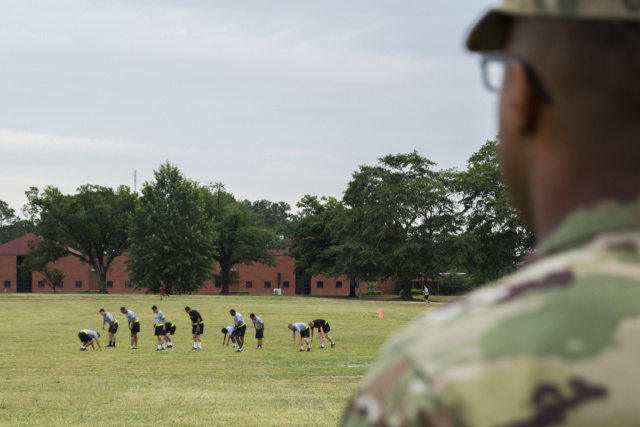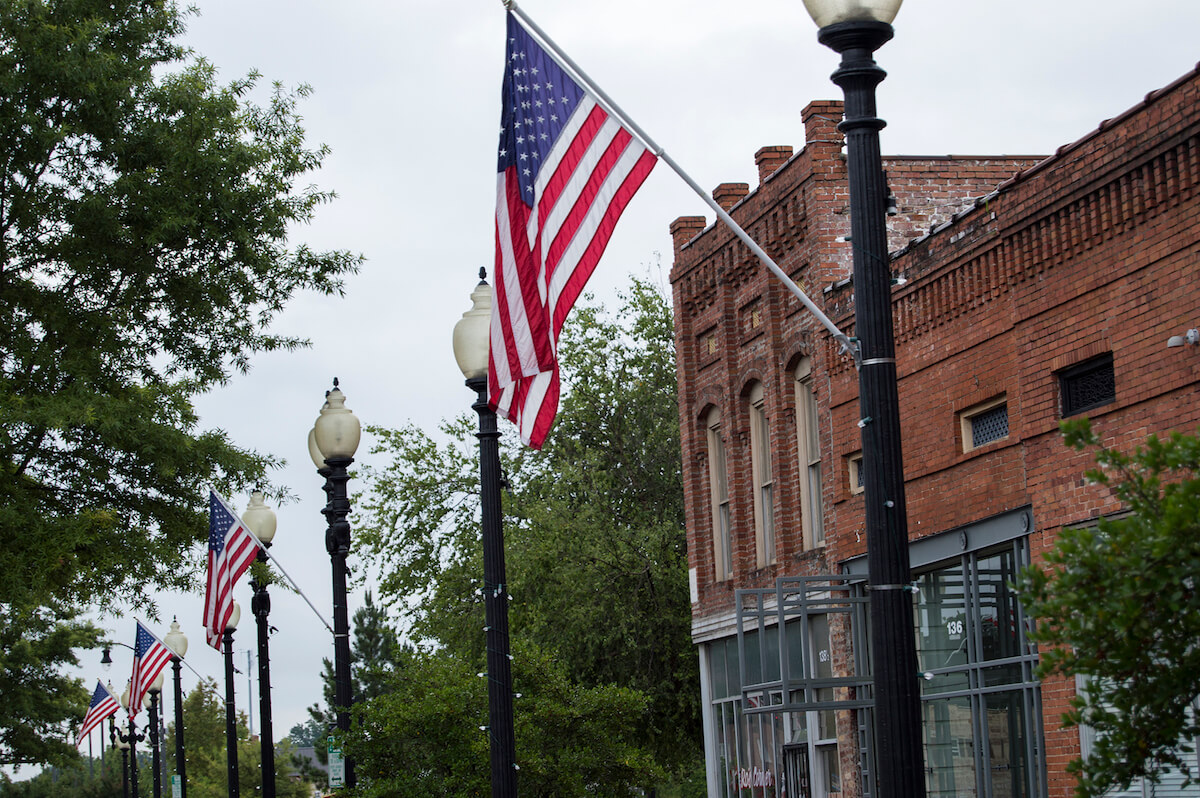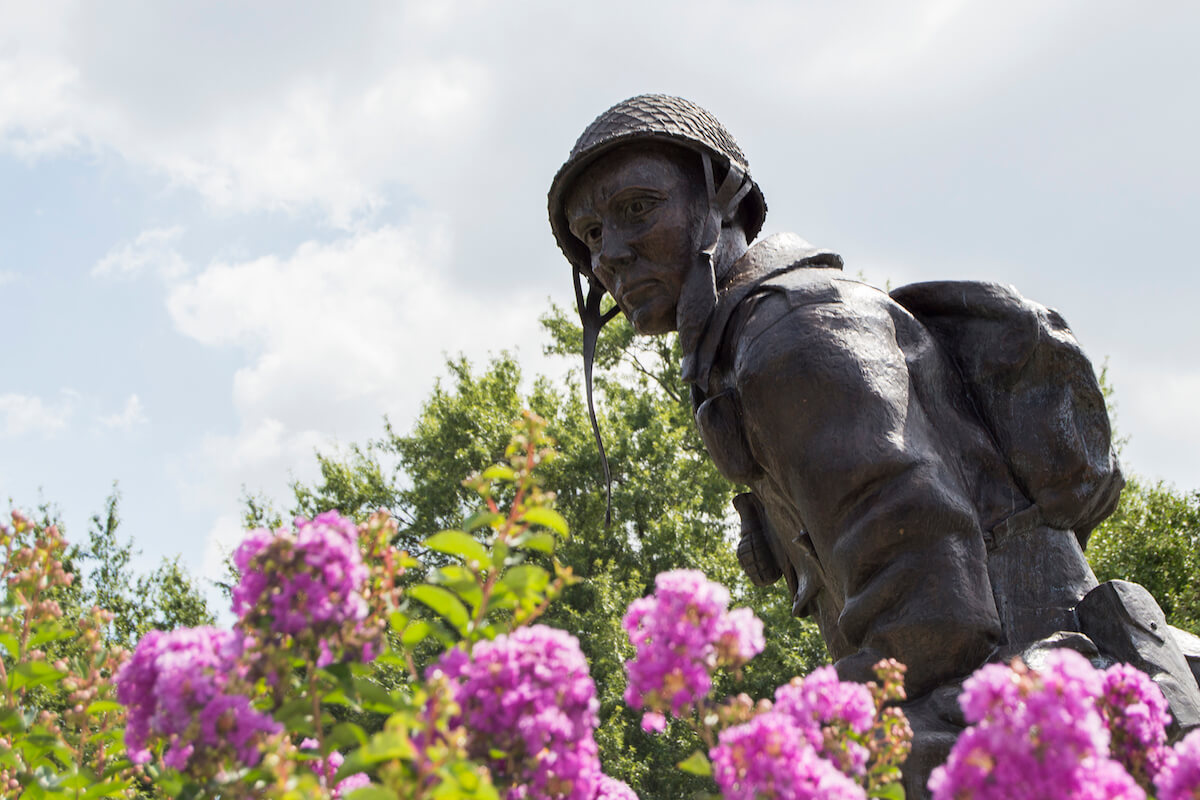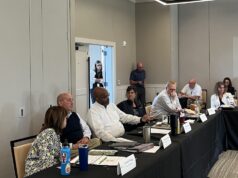
By Erin Vogel-Fox & Michael Olinger
News21
When Americans vote for president in November, many of the 1.4 million active-duty U.S. military personnel stationed or deployed overseas will not know whether their absentee ballots have reached their home states to be counted. The federal Election Assistance Commission, charged with monitoring their votes, may not know either.
Under the Help America Vote Act, the ballots of military and overseas voters are supposed to be tallied by their home states and sent to the EAC, which reports them to Congress. But a News21 analysis of the EAC’s data found at least one in eight jurisdictions reported receiving more ballots than they sent, counting more ballots than they received or rejecting more ballots than they received.
‘Too many potential anomalies’
Some jurisdictions blame the EAC for confusing forms on which they are supposed to record military and overseas participation numbers. Paul Lux is supervisor of elections for Okaloosa County, Florida, home to Eglin Air Force Base and a large number of military voters.
“It will ask me how many ballots were mailed to overseas voters and how many ballots were returned from overseas voters in various locations in the survey. That is fine, but how am I supposed to account for ballots that are sent to domestic addresses but are returned from overseas?” said Lux. “There are just too many potential anomalies in the way we have to provide service to these voters.”
Military and overseas voting can be a complicated process. Service members can file a Federal Post Card Application, which allows them to register to vote and request an absentee ballot from their home state or county. If service members don’t receive their ballots in time, they can use a Federal Write-in Absentee Ballot as a backup.
EAC Commissioner Thomas Hicks told News21 that some of the inconsistencies between ballots sent and ballots returned are likely the result of military voters printing out the Federal Write-in Absentee Ballot and sending it back home. Since the ballots are not sent by local jurisdictions, they might be counted as ballots returned but not mailed out.
The commissioner stressed that ensuring the accuracy of that data is up to states and not the EAC.
“I’m confident in that it is the data coming from the states and I think that we put that data out and it’s accurate,” Hicks said.
Advocates for military voters say that anomalies in reporting do a disservice to them and their families, many of whom have been deployed to war zones.
“The military represents the people that are fighting for our freedom, fighting for our democracy, representing us around the world, and it’s tragic if they do not take part in the franchise,” said Susan Dzieduszycka-Suinat, president and CEO of the U.S. Vote Foundation. She also oversees the foundation’s Overseas Vote Initiative, which provides voter registration and voting tools to military and overseas voters.
“It’s a reason that a lot of reforms have happened around military voting in the past, let’s say actively, in the last six to eight years. I guess there’s a symbolism around it that goes beyond the actual value of one vote. For us, if it’s one vote from the military it means just so much more. It’s not just the vote, it’s all that it represents,” she said.

‘Each state is unique’
The Election Administration and Voting Survey is distributed nationwide by the EAC to local jurisdictions, where it is filled out after federal elections. However, each state or local election office tracks its voting information differently, many of them in ways that conflict with how the EAC requests it.
“At first they were asking for information that we could or could not really supply because our system just didn’t divvy out the information the way they thought they might be able to ask for it,” said Joseph Paul Gloria, registrar of voters for Clark County, Nevada. “Each state is unique in the way that they vote, the system they use. So it’s hard to make that report usable for all jurisdictions.”
Hicks said the EAC is working to address these problems.
“We’ve finished with the 2014 survey, and we’ve seen what sort of improvements can be made,” said Hicks. “And so from now on we’re — in terms of what I’m doing as chair — is to look to see how we can improve the survey going forward.”
Orange County, California, Registrar of Voters Neal Kelley said his staff places numbers into the Election Administration and Voting Survey manually. According to Kelley, this means there always is the chance for human error.
“I’m an advocate of automating that process because then you are not making these decisions among human beings,” said Kelley, who serves on the EAC’s Board of Advisors and its Voting Systems Standards Board.
Military voting: lost in legalese
The structure of the survey causes additional complications, according to Margarita Mikhaylova, acting spokeswoman for the District of Columbia Board of Elections.
“That entire survey is very lengthy and in some instances very confusing to understand,” said Mikhaylova. “The EAC does issue directions and they do issue explanations, but there are just so many different ways to poll the same thing that it can be a bit tricky.”
For example, one question on the survey says, “Enter the total number of all UOCAVA (Uniformed and Overseas Absentee Voting Act) ballots (including regular UOCAVA absentee ballots and Federal Write-In Absentee Ballots (FWAB)) returned by UOCAVA voters and submitted for counting for the November 2014 general election. Please include both those ballots that were later counted and those that were rejected. Do not include ballots that were returned undeliverable.”
Lux, of Okaloosa County, said that federal write-in absentee ballots, which are rejected if they are not returned to the voter’s correct jurisdiction, create further confusion when counties send their reports to the EAC.
Uniformed and Overseas absentee ballots can be rejected for any number of reasons, but the most common reason, according to a July 2013 EAC survey, is that ballots were sent back late and missed deadlines to be counted.
Yet, the EAC data make it difficult to know exactly how often and to what extent military absentee ballots have been rejected. In August last year, at a meeting held by the EAC in Washington, D.C., some election officials raised doubts about trusting their data.
“So, you’ve got a number in a box that looks like data,” said Keith Ingram, Texas director of elections. “But if you put any confidence in that number at all, you’re missing the boat.”
Others agree.
“I can guarantee you we are unable to educate local election officials as to what these categories are, and so, they’re plopping voters into various categories, and I would not have a lot of confidence that they’re hitting the right ones,” Michigan Director of Elections Christopher Thomas said at the meeting.

Military members lack confidence in system
The Military and Overseas Voter Empowerment Act requires that all ballots be mailed to service members no less than 45 days before an election to give military voters the chance to return them. They can take 11 to 18 days to arrive once mailed, according to the Military Postal Service Agency. At least 36 days are needed to transmit the ballot. If there are no shipping delays, service members have only nine days to complete and return the ballot.
There are a number of reasons ballots may be mailed out after the 45-day deadline: lack of information among military voters about how to cast a ballot, administrative errors at the state and local level, and the logistics of mailing ballots out.
The Federal Voting Assistance Program is part of the Department of Defense. It works alongside the Election Assistance Commission, using EAC data to track voting trends. Its director, Matt Boehmer, is working to dispel what he considers misgivings among military voters that their votes are not counted.
“There is a data point out there that says 67 percent of active-duty members aren’t confident that their ballot was counted, right? Now, when you take a look at that, you take a look at election data, it is impossible. There is no way that 67 percent of ballots are being rejected,” Boehmer said.
Boehmer said confusion about ballot rejection is exacerbated by the fact that overseas voters never receive confirmation that their ballots were counted, or that returning those ballots to home jurisdictions involves sending them on a convoluted journey across multiple continents and through multiple mailing systems.
The Federal Voting Assistance Program, under Boehmer’s direction, has recommended state election officials notify military voters when their ballots arrive and are counted. The advice is a pointed attempt to remedy perception among armed forces voters that their vote actually doesn’t count.
Capt. Yikalo Gebrehiwet, a company commander at Fort Bragg, North Carolina, emphasized the unique importance of the military vote.
“It’s really part of the Army values, right? So we encourage soldiers to go out and vote, be a part of the community,” he said. “It’s really part of the Constitution, and it’s what you raise your right hand to do — support and defend the Constitution. The best way to do that is by voting.”
Military voting in the 21st century
The 2000 presidential election between then-Texas Gov. George W. Bush and then-Vice President Al Gore brought critical scrutiny to overseas and absentee ballots in Florida. Attempts were made to throw out ballots that arrived past the election deadline or without a postmark. The Bush campaign joined legal efforts to force the counting of these ballots, which ultimately, were counted.
The chaos of the Florida recount led to the passing of the Help America Vote Act, which aimed to improve voting systems and increase voter access. It also established the EAC as a national clearinghouse of information on elections.
“The thing that spoke to me about military voting is we have lower numbers, as far as voter participation nationally,” said Tacinta Connor, who is married to an active-duty soldier at Fort Bragg. “Sometimes it could be a bit confusing and therefore having the information and providing it to a wider base would increase our voting participation in this election and going forward.”
Connor volunteers with Fort Bragg’s voting assistance program.
The Federal Voting Assistance Program provides reports to Congress that help create and guide policy. In both its 2014 and 2015 reports to Congress, the program touted EAC initiatives as “successful.” But in the footnotes of its own 2014 report, that success is contradicted.
The footnote says questions on the survey could easily have been misinterpreted by those filling it out and that state employees might have entered incorrect numbers. It also claims the complex nature of the survey makes it difficult to keep ties between different parts of the survey clear, and that missing data from the survey could make it hard to interpret.
As unreliable as some consider the EAC data to be, it is still in use by the president and Congress. EAC survey results land on their desks through the Federal Voting Assistance Program’s report, the Government Accountability Office’s report and the EAC’s report.
“We use it to inform our communications efforts and then we use it to ultimately make decisions about what we need to do in the program,” said Boehmer, of the Federal Voting Assistance Program. He added that the survey data play an important part in making recommendations for the correction of voting issues.
Recommendations being made
Kamanzi Kalisa is the director of the Overseas Voting Initiative with the Council of State Governments, a nonpartisan, nonprofit organization created to help state officials shape public policy. His program is working alongside the Federal Voting Assistance Program to make recommendations for improving the survey.
“I think the accuracy of the collection process is very important, but I also want to make a really important clarifying point: At the end of this, there will be recommendations in which all of the sentiments of our group members are shared. It will be presented to the EAC,” said Kalisa. “Now, it is up to the EAC. … CSG (Council of State Governments) has no power over what the EAC will do with those recommendations.”
Five years ago, U.S. Rep. Gregg Harper, a Mississippi Republican, tried to eliminate the EAC, claiming it had “outlived its usefulness.” His bill would have moved the EAC’s responsibilities and power to the Federal Election Commission. The bill failed, as did a second attempt in 2013. A third attempt made in 2015 has yet to come to a vote.
According to the commission’s own documents, the EAC was without an executive director from December 2010 until November 2015. In 2013, U.S. Rep. Steny Hoyer, a Maryland Democrat, tried and failed to restore leadership to the commission, which didn’t have the officers necessary to conduct votes and govern itself. This led Harper to refer to the commission as a “zombie agency lumbering forward lifelessly devouring taxpayer dollars.”
While election officials and advocates examine data issues from an administrative level, military installations such as Fort Bragg are engaging in grassroots awareness campaigns. The U.S. Army released a statement in November 2015 advising that “units and installations will host voter registration promotion events.”
“Most of our soldiers, they are so busy with mission. So we kind of stop them and be like, ‘Hey, you know this is your right to vote?’” said Fort Bragg Unit Voting Assistance Officer Laurie Joseph. “And that is the biggest thing. That’s the biggest mission. To get everybody registered and aware that they can vote.”
Judith Higgs is the installation voting assistance officer at Fort Bragg. She also served in the U.S. Army for 24 years.
“We have the armed forces voters week, we also have the absentee voters week … in order to get the last push for everyone to get their absentee ballot,” Higgs said. “We also have voting assistance officer workshops that we conduct for election years. We have those workshops to engage all the unit voting assistance officers so they all could be on one playing field on what to expect as we disseminate the information to our service members.”
Tech. Sgt. Tonia Jones, a member of the 43rd Air Mobility Operations Group at Pope Army Airfield in North Carolina, said she’s confident her vote is counted. “As a military (member) I am confident. Because when we are giving our information, we let the individuals know that this is your deadline, this is when you’re voting, this is when you have to ensure that your ballot is sent out so that it can get counted.”






















